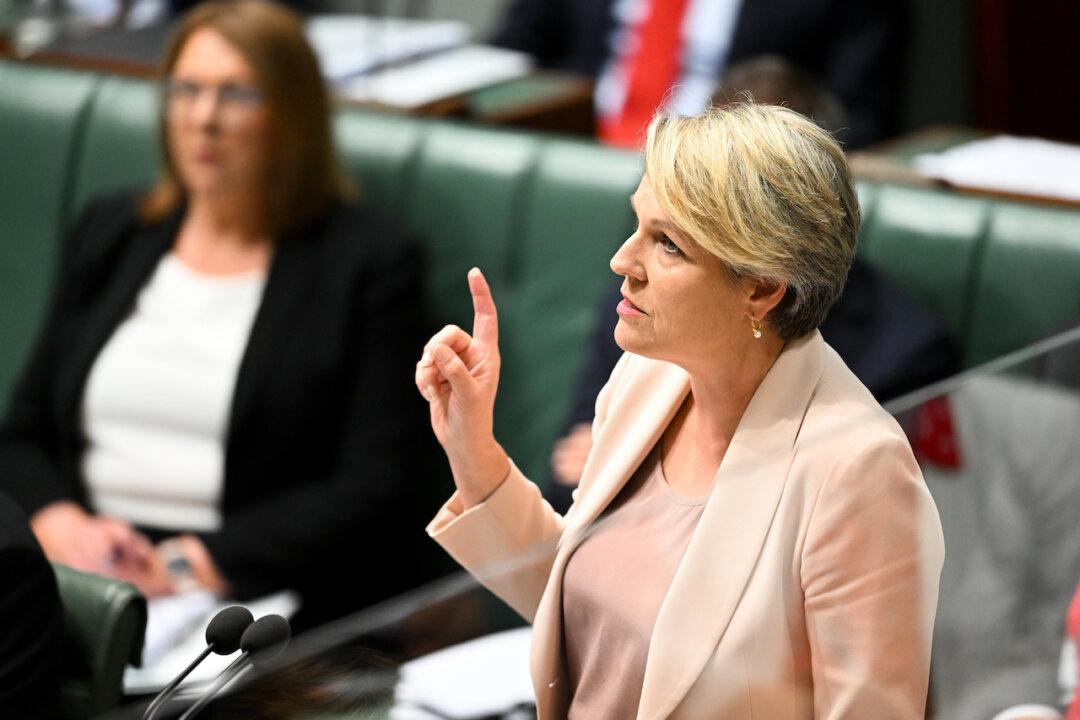Treasurer Josh Frydenberg and Finance Minister Mattias Cormann have said Australia is in an excellent financial position to weather the COVID-19 debt crisis despite the federal government creating record levels of debt to help the country get through the economic crisis caused by the CCP virus.
Speaking at a joint press conference in Canberra on July 23, Frydenberg noted that the world is currently experiencing “the most severe economic crisis since the Great Depression.”




